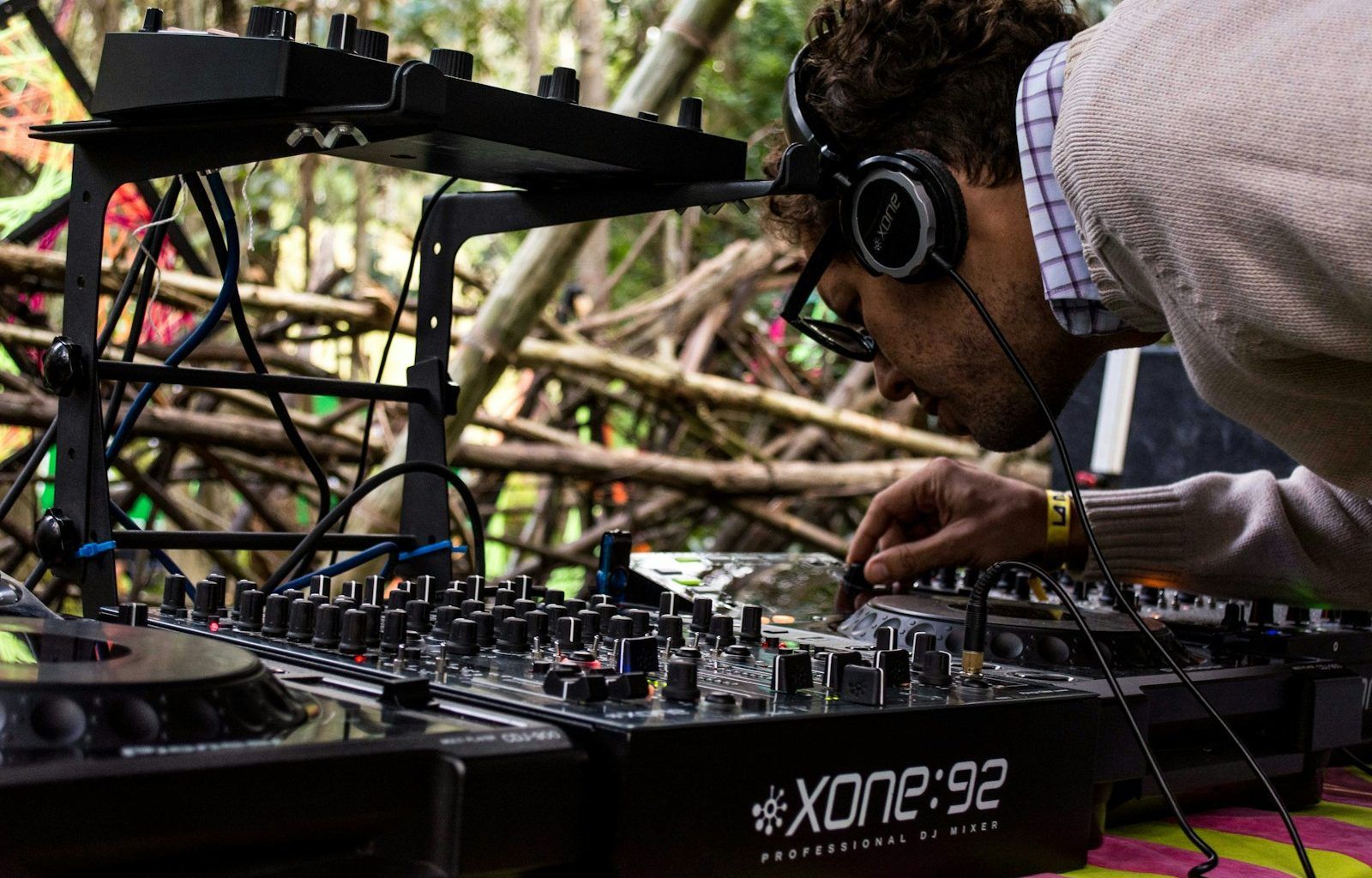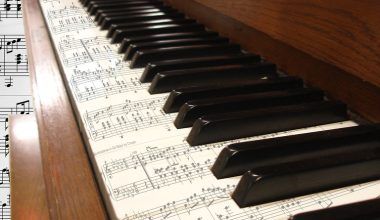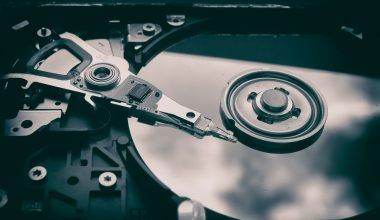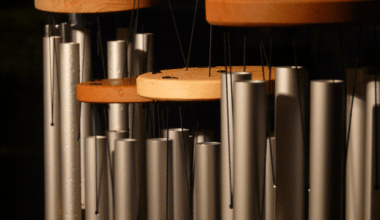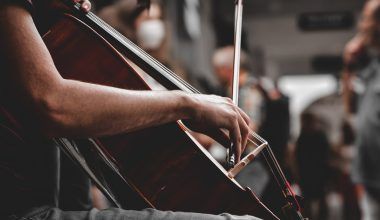Have you ever dreamed of recording your own songs, podcasts, or even voiceovers right at home? Setting up a home recording studio might sound like a big task, but don’t worry—it’s easier than you think! Whether you’re a budding musician, a podcaster, or someone who loves experimenting with sound, this guide is your ultimate roadmap. We’ll keep it simple, budget-friendly, and fun.
Why Build a Home Recording Studio?
Having a home recording studio setup gives you the freedom to create whenever inspiration strikes. You don’t have to book expensive studio time or wait in line. Plus, it’s a fantastic way to learn, grow, and experiment with your craft.
Benefits of a Home Studio:
- Convenience: Work anytime you like.
- Cost-Saving: Save money on renting studio space.
- Creative Control: You’re the boss of your space and sound.
- Learning Opportunity: Understand how sound recording works.
Step 1: Find the Perfect Spot in Your Home
The first step in creating a home recording studio is picking the right room. Don’t worry if your house is small—you don’t need a fancy setup to get started.
What to Look for in a Room:
- Quietness: Choose a room away from street noise and loud appliances.
- Size: A medium-sized room works well. Avoid very small spaces that feel cramped or large ones that create echoes.
- Carpeted Floors: Soft surfaces like carpets and rugs absorb sound and make the room better for recording.
Pro Tip: A spare bedroom or even a corner of your living room can work just fine for beginners.
Step 2: Must-Have Equipment for Your Studio
Now let’s talk about the gear. Don’t let the long lists scare you—it’s easy to start small. You don’t need the most expensive equipment to make great recordings.
Basic Gear for a Beginner:
- A Computer: Your computer will be the brain of your setup. Make sure it’s fast enough to run recording software.
- Microphone: A condenser mic (like Audio-Technica AT2020) is great for vocals. For instruments, a dynamic mic like Shure SM57 works wonders.
- Audio Interface: This connects your microphone and instruments to your computer. The Focusrite Scarlett 2i2 is a great choice.
- Headphones: Get closed-back headphones to hear every detail. The Audio-Technica ATH-M50x is reliable and comfy.
- DAW (Recording Software): Try free options like Audacity or affordable ones like Reaper.
Step 3: Setting Up Your Equipment
Once you have the essentials, it’s time to bring your home recording studio setup to life. Setting up doesn’t have to be complicated.
Step-by-Step:
- Set Up Your Desk: Place your computer, audio interface, and microphone stand on a sturdy desk.
- Position Your Monitors: If you’re using studio monitors (speakers), place them at ear level and angle them slightly toward your ears.
- Connect Everything: Plug your mic into the audio interface with an XLR cable. Then connect the interface to your computer with a USB cable.
- Install Your DAW: Download and install your recording software. Follow the setup wizard to get started.
Step 4: Improve the Sound in Your Room
Soundproofing and acoustic treatment are big words, but don’t worry—they’re simple concepts. You just need to control echoes and outside noise.
Easy Acoustic Tips:
- Add Rugs or Carpets: These reduce sound reflections from the floor.
- Use Curtains: Thick curtains over windows block outside noise.
- Place Foam Panels: Stick acoustic foam on your walls to absorb echoes. Even cushions or blankets can help if you’re on a budget.
- DIY Soundproofing: Use bookshelves filled with books along the walls—they work like magic to trap sound.
Pro Tip: Test your room’s sound by clapping your hands. If you hear a sharp echo, you need more soft surfaces.
Step 5: Start Recording Your First Track
Now that your home recording studio setup is ready, it’s time to record! Don’t stress—it’s all about experimenting and learning.
Recording Basics:
- Warm-Up: If you’re singing or playing an instrument, do a quick warm-up.
- Check Levels: Open your DAW and make sure the input volume isn’t too high or low.
- Do a Test Run: Record a short test clip and listen to it. Adjust settings if needed.
- Edit and Save: Once you’ve recorded, use your DAW to trim, enhance, and save your track.
Step 6: Keeping Your Studio Organized
An organized studio helps you work faster and keeps your equipment safe.
Tips to Stay Organized:
- Label Your Cables: Use tags to identify different cables.
- Keep Dust Away: Use covers for your gear when not in use.
- Create a Checklist: Before recording, check if everything is connected and powered up.
Step 7: Growing Your Studio Over Time
Once you get the hang of things, you can slowly add more tools to your home recording studio setup.
Cool Upgrades:
- MIDI Keyboard: For electronic music or adding virtual instruments.
- Second Monitor: A second screen helps when working on detailed projects.
- External Preamps: Boost your microphone’s sound quality.
Pro Tip: Upgrade only when you really need to. The best gear is the one you use the most.
Frequently Asked Questions
1. Do I need expensive equipment to start?
No! Affordable options like a simple USB microphone and free software can give you great results.
2. Can I set up a studio in a small room?
Yes, just make sure to treat the room with soft surfaces to improve the sound.
3. What’s the best free recording software?
Audacity is a fantastic free option for beginners.
Quick Tips for Beginners
- Be Patient: Learning to record and edit takes time, but it’s worth it.
- Ask for Feedback: Share your recordings with friends for honest feedback.
- Have Fun: Don’t stress about perfection—enjoy the process.
Conclusion: Your Creative Space Awaits!
Setting up a home recording studio is like creating a magical space where your ideas come to life. You don’t need a big budget or fancy equipment to start. Follow the steps in this guide, and soon you’ll have a cozy studio ready for amazing recordings.
So, what are you waiting for? Set up your studio, press record, and let the world hear your unique sound!
Related Articles:
For further reading, explore these related articles:
- How to Beatbox: Easy Beatboxing Tutorials for Beginners
- Ultimate Guide to Songwriting Tips for Beginners
For additional resources on music marketing and distribution, visit DMT RECORDS PRIVATE LIMITED.
